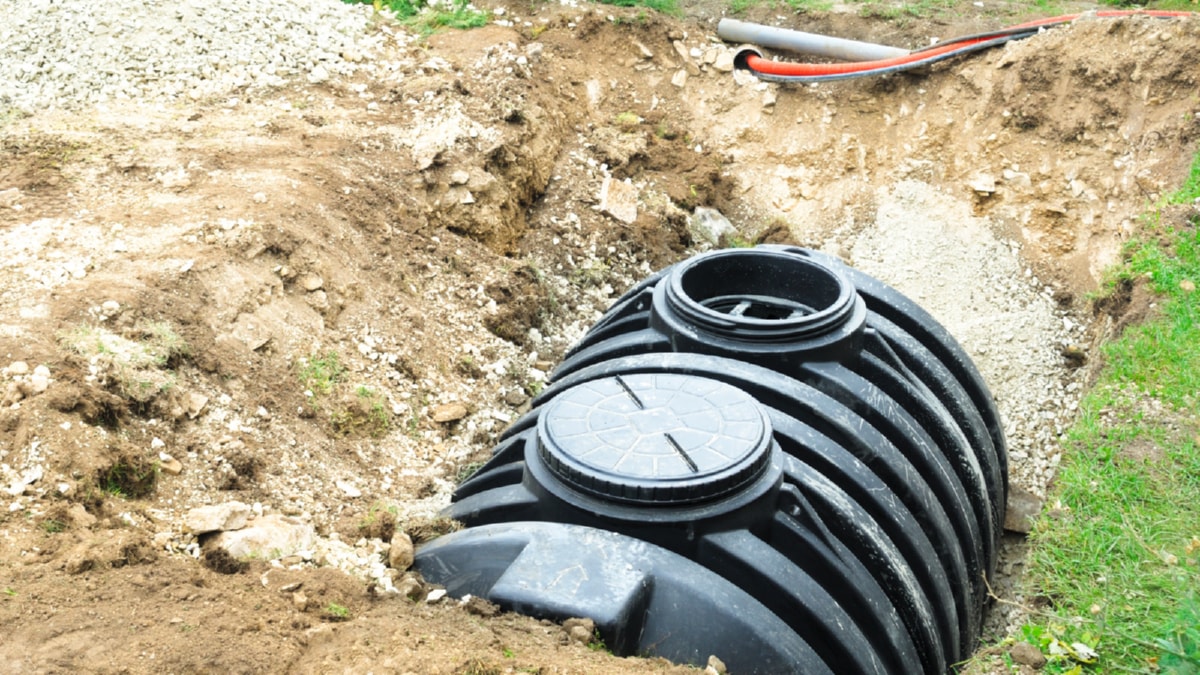Green building techniques, also known as sustainable or eco-friendly construction methods, incorporate environmentally friendly and resource-efficient processes into every phase of construction. These techniques have begun to redefine the construction industry by significantly reducing the environmental impact of building projects.
One major impact of green building techniques is the reduction of energy consumption. Traditional construction methods often lead to excessive energy use, primarily due to inefficient insulation and the use of energy-intensive materials. Green buildings, on the other hand, utilize energy-efficient materials and designs. Techniques such as passive solar building design, which considers the sun’s movement to maximize natural light and heat, significantly reduce energy consumption. Additionally, the integration of renewable energy sources like solar panels and wind turbines further enhance energy efficiency.
Green building techniques also significantly reduce water usage. Water-efficient fixtures, rainwater harvesting systems, and water recycling systems are common features of green buildings. These innovative practices not only conserve water but also reduce the load on municipal water supply systems.
Another significant impact of green building techniques is the reduction of waste generation. Traditional construction methods generate enormous amounts of waste, contributing to the growing problem of landfill management. Green construction techniques emphasize waste reduction through efficient materials management strategies such as recycling and reuse. For instance, many green buildings incorporate recycled materials like reclaimed wood, recycled steel, and recycled glass into their construction.
Additionally, green building techniques promote better indoor air quality and healthier living environments. Traditional construction methods often involve materials that release harmful toxins, leading to poor indoor air quality. Green construction methods, in contrast, prioritize the use of low-emitting materials, reducing exposure to harmful chemicals and toxins. This not only enhances the living experience but also has positive implications for public health.
Green building techniques also have a significant economic impact. Despite the initial higher cost, green buildings prove to be cost-effective in the long run due to lower utility bills, reduced maintenance costs, and increased building lifespan. Moreover, green buildings often enjoy higher property values, contributing to economic sustainability.
In conclusion, green building techniques are fundamentally transforming the construction industry. By promoting resource efficiency, waste reduction, and healthier living environments, these innovative techniques are paving the way for a sustainable future. However, the realization of their full potential requires widespread acceptance and adoption. This calls for concerted efforts from all stakeholders, including policy-makers, construction firms, and consumers, to embrace and promote green building techniques as the way forward in construction.
For more details, check best masonry services or visit their business listing here.



